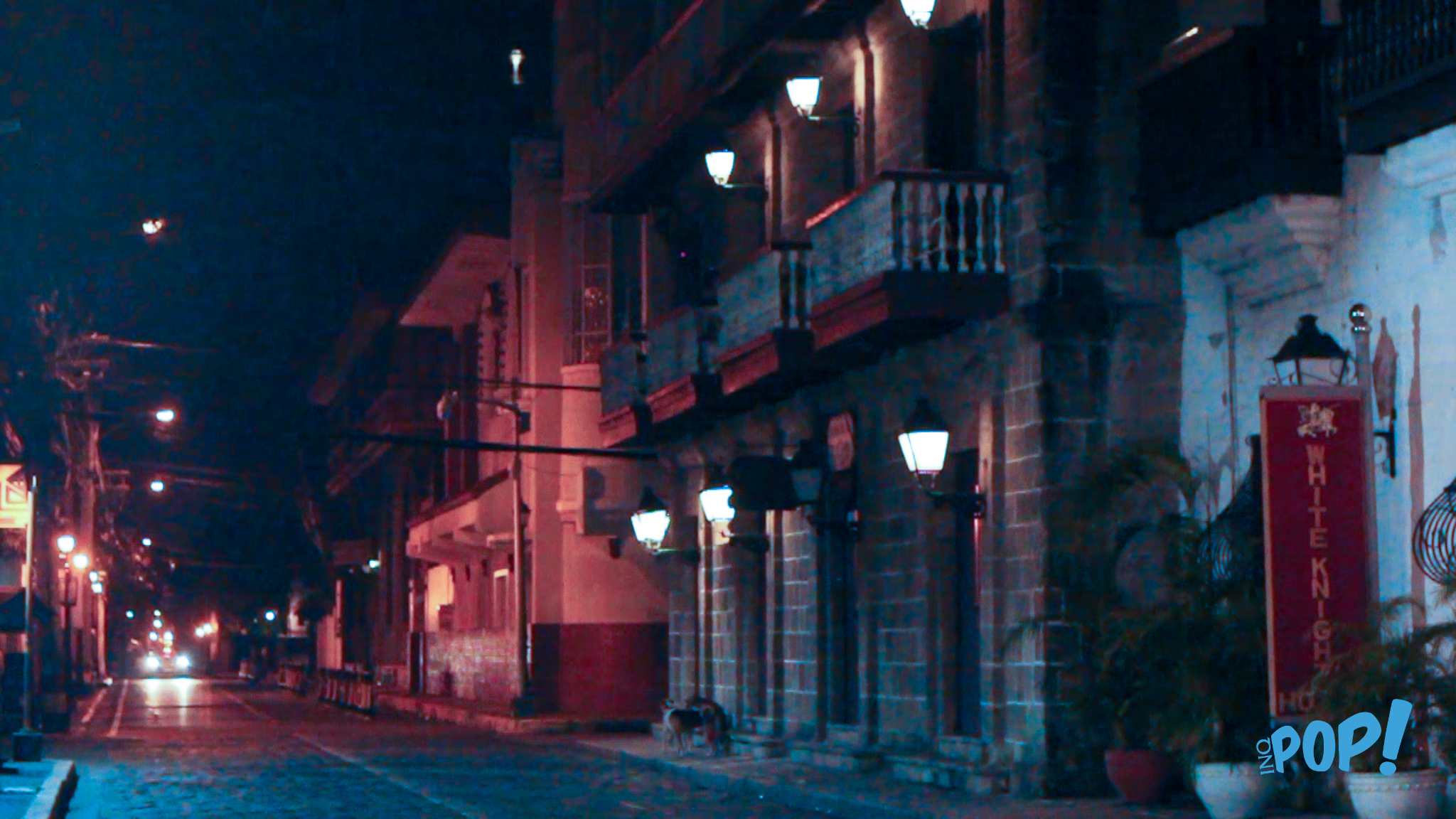Intramuros, a Latin word which literally translates to “within the walls,” was built in 1571 to protect the city from foreign invasions. During its prime, the Walled City was also the seat of power of political government and the center of almost everything: business and power to education and economy.
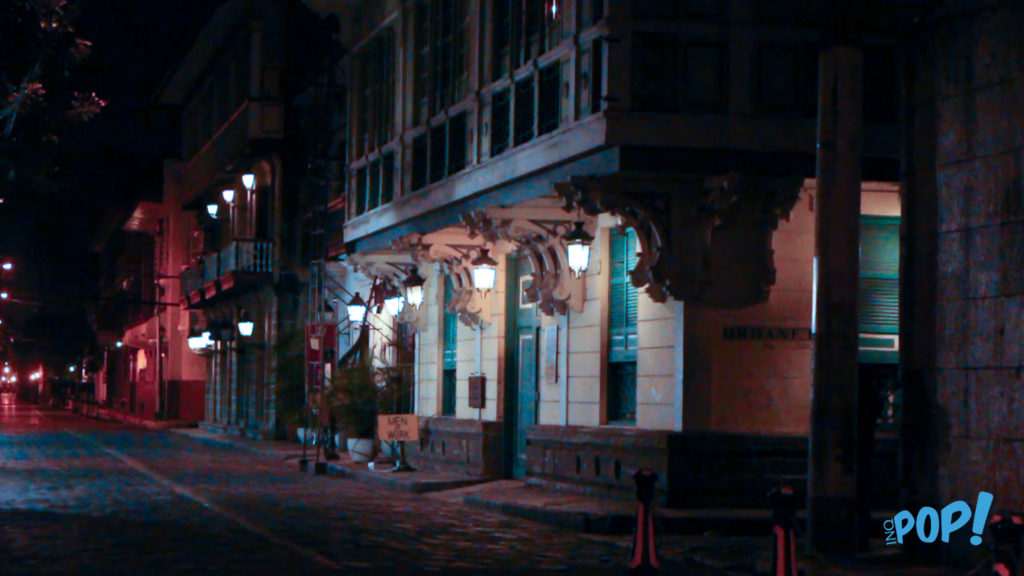
However, the glory days came to a halt when the Second World War ravaged the entire city. Some parts of the fortified city was left in ruins; the old architectural buildings, churches and bahay na bato that once represented Manila’s “standard life” were either destroyed or left unrecoverable.
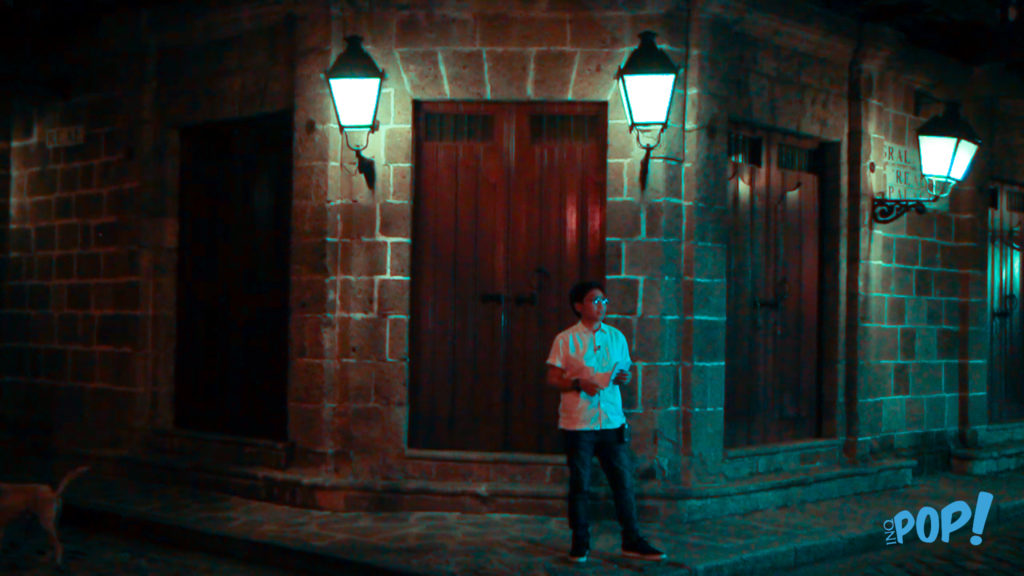
Fast forward to today, Intramuros serves as a must-see for tourists and students on educational tours who want to immerse or just have a glimpse of the Philippine’s complex past.
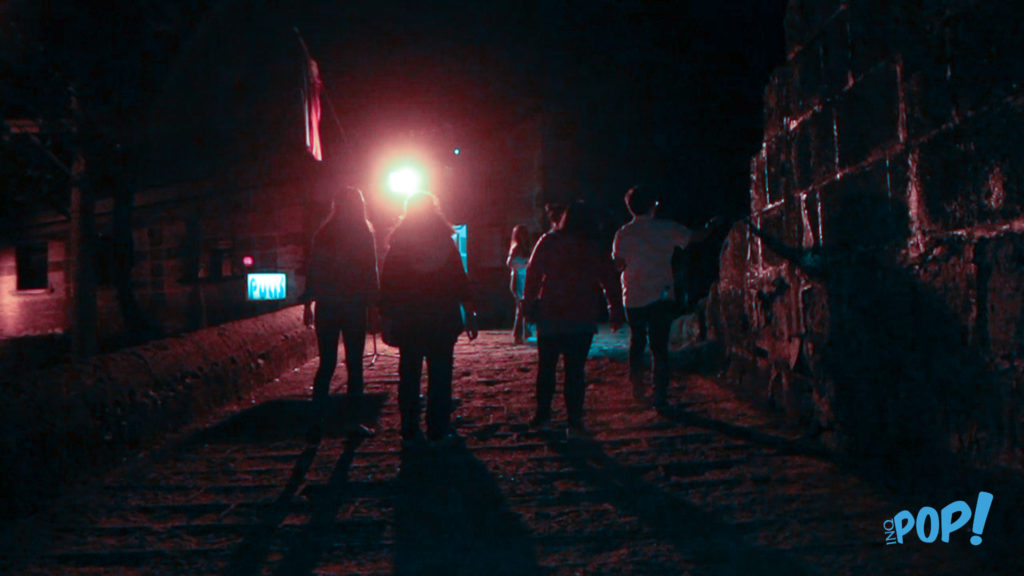
Although Intramuros is perfect for photo ops during the day, the historical landmarks within the walls will always be a reminder of the country’s harrowing past–something visitors may even feel at nighttime. The abuse of the Spaniards towards the Filipinos, the corruption in the government, and the rotten justice system that caused the death of many — still haunt the Walled City, and many people claim to see sightings of the supernatural when roaming the deserted streets of Intramuros.
1. San Agustin Church
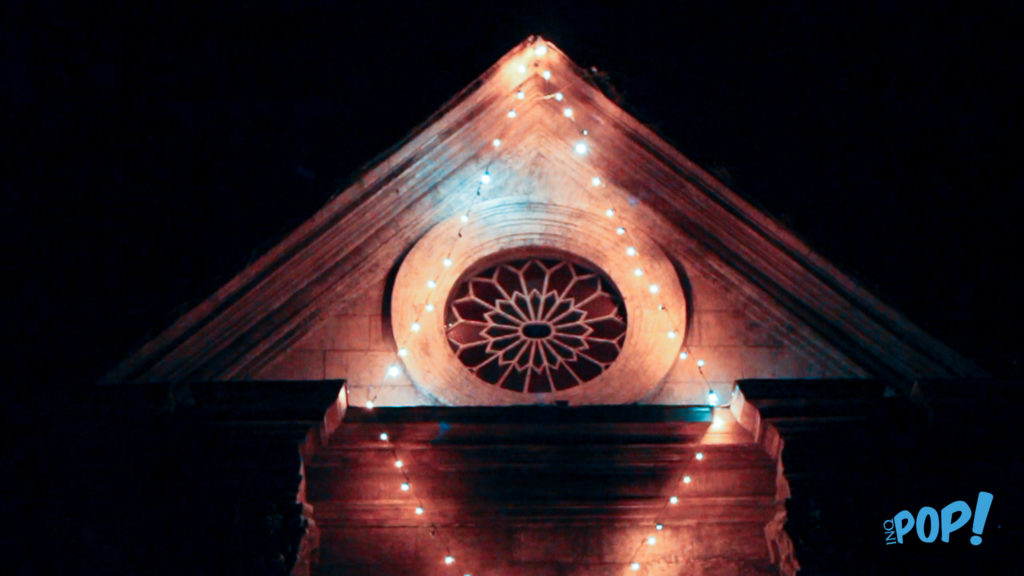
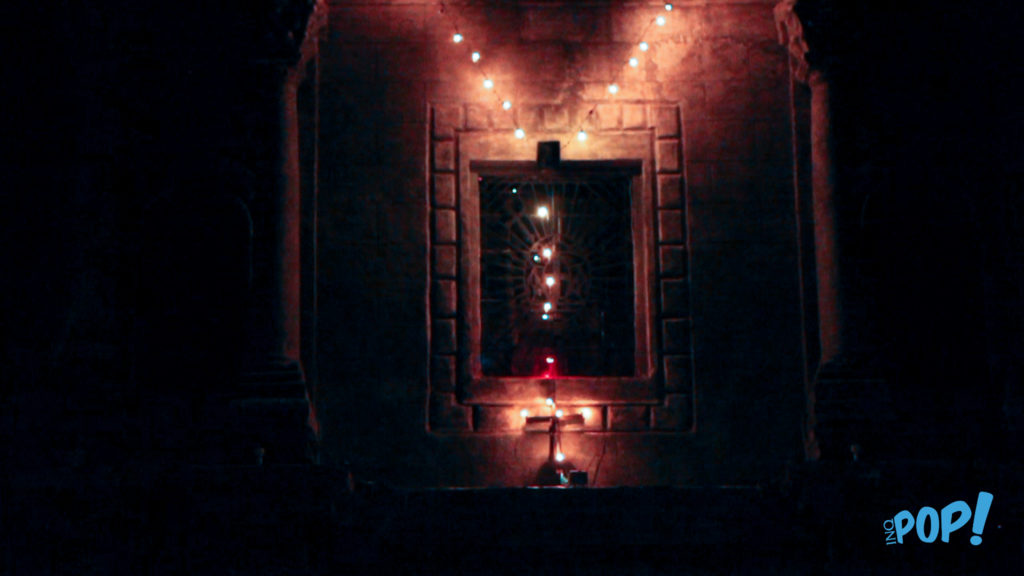
Built between 1587 and 1606, the San Agustin Church is the oldest Roman Catholic church in the Philippines. It is also the only building that survived the heavy bombings that took place in 1945. Known as one of the baroque churches in the Philippines, San Agustin Church became a concentration camp of the Japanese’ prisoners and hostages.
Because of this, people can’t help but buy the story of a headless priest prowling around the church at night.
2. Baluarte de San Diego
Now a tourist spot inside Intramuros, Baluarte de San Diego was originally named Nuestra Senora de Guia (Our Lady of Guidance). It was built during the 16th century to protect the area from the invasion. Throughout the years, this circular fort has withstood wars, natural calamities and even man-made disasters.
3. Fort Santiago
Constructed in the 16th century, Fort Santiago was part of the structures of Intramuros. While its main purpose is to serve as the base of operations, the fort was also known as Jose Rizal’s detention place before he was executed in Luneta. It is also believed that the defense fortress was used by the Japanese as a place of torture for imprisoned American soldiers and Filipino guerillas. Some died of suffocation and hunger, while others were drowned in the underground dungeons.
Rumor has it that the soldiers’ ghosts still roam the Walled City at night.
4. Aduana Building
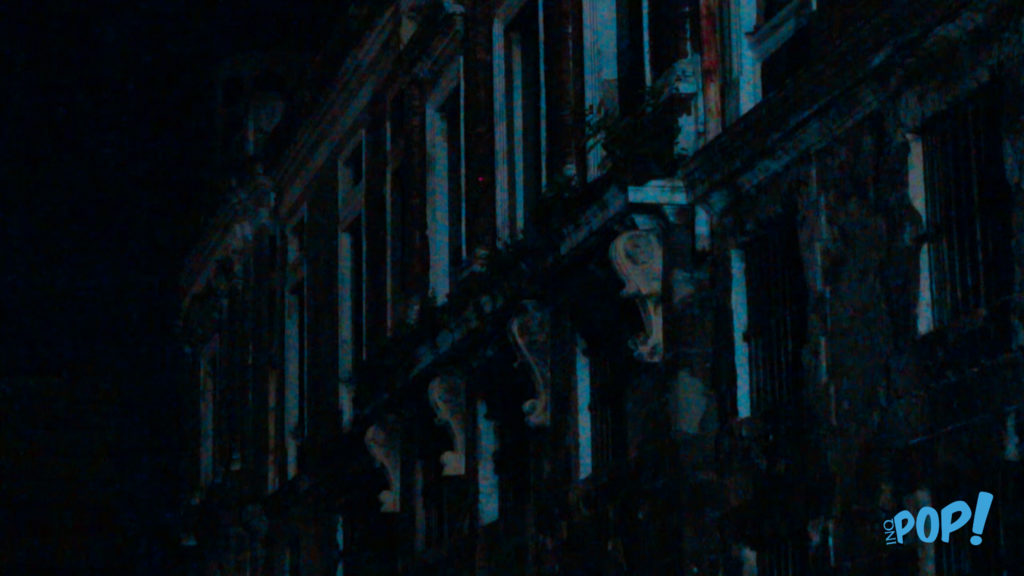
The Aduana Building, also known as the Intendencia, was originally built as a custom house in the 1820s. Since the building has been repaired numerous times, it also became the Central Bank of the Philippines and the Commission on Elections office. However, no one seems to stay longer in the said building because of the reported “paranormal” encounters.
According to some people who frequent the place, the Aduana Building is probably the most haunted place in Intramuros. There were tourists who joined the ghost walk tours claimed to have seen images of headless priests, hunchbacks, and children playing around.
5. Palacio del Gobernador
Before Palacio del Gobernador became a home to the Bureau of Treasury, it served as the mansion of the governor-general during the Spanish colonial period. Unfortunately, the building collapsed due to an earthquake in June 3, 1863.
There were a few attempts to rebuild the mansion, but the governor-general himself decided to move to the Malacañang Palace and made it his official residence.
And when the Americans came, they turned the site of the old palace into a plaza; they even used the location as bomb shelters during the Second World War. It was believed that the Japanese soldiers massacred 80 priests and male civilians.
___
Read more from InqPOP!:
This story about a mysterious ‘baby footprint’ at Balanga malls will keep you awake tonight
Netflix releases a ‘scary good’ teaser for ‘Chilling Adventures of Sabrina’

